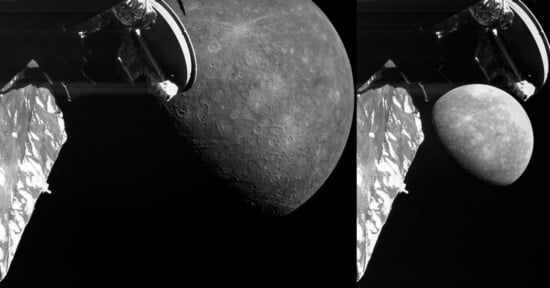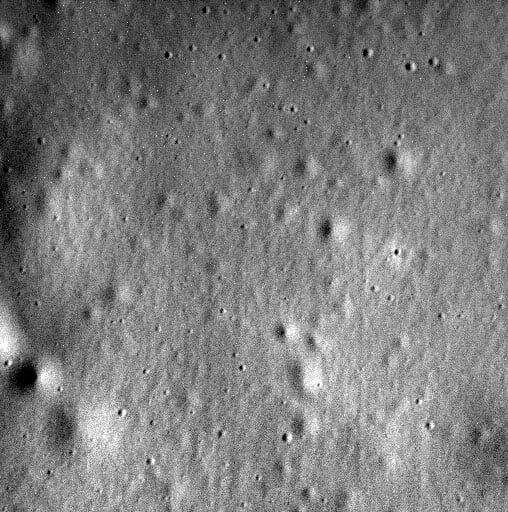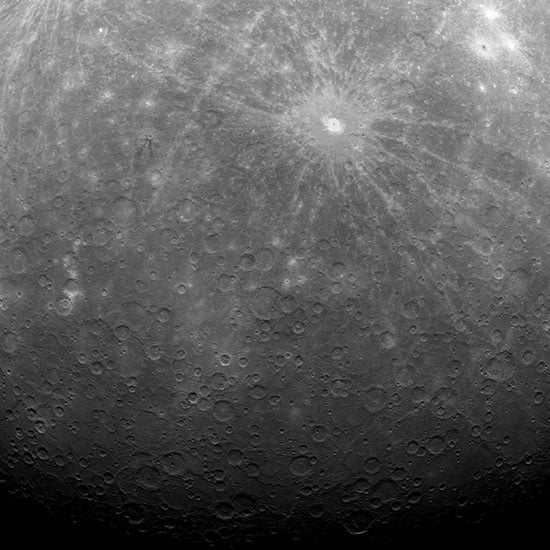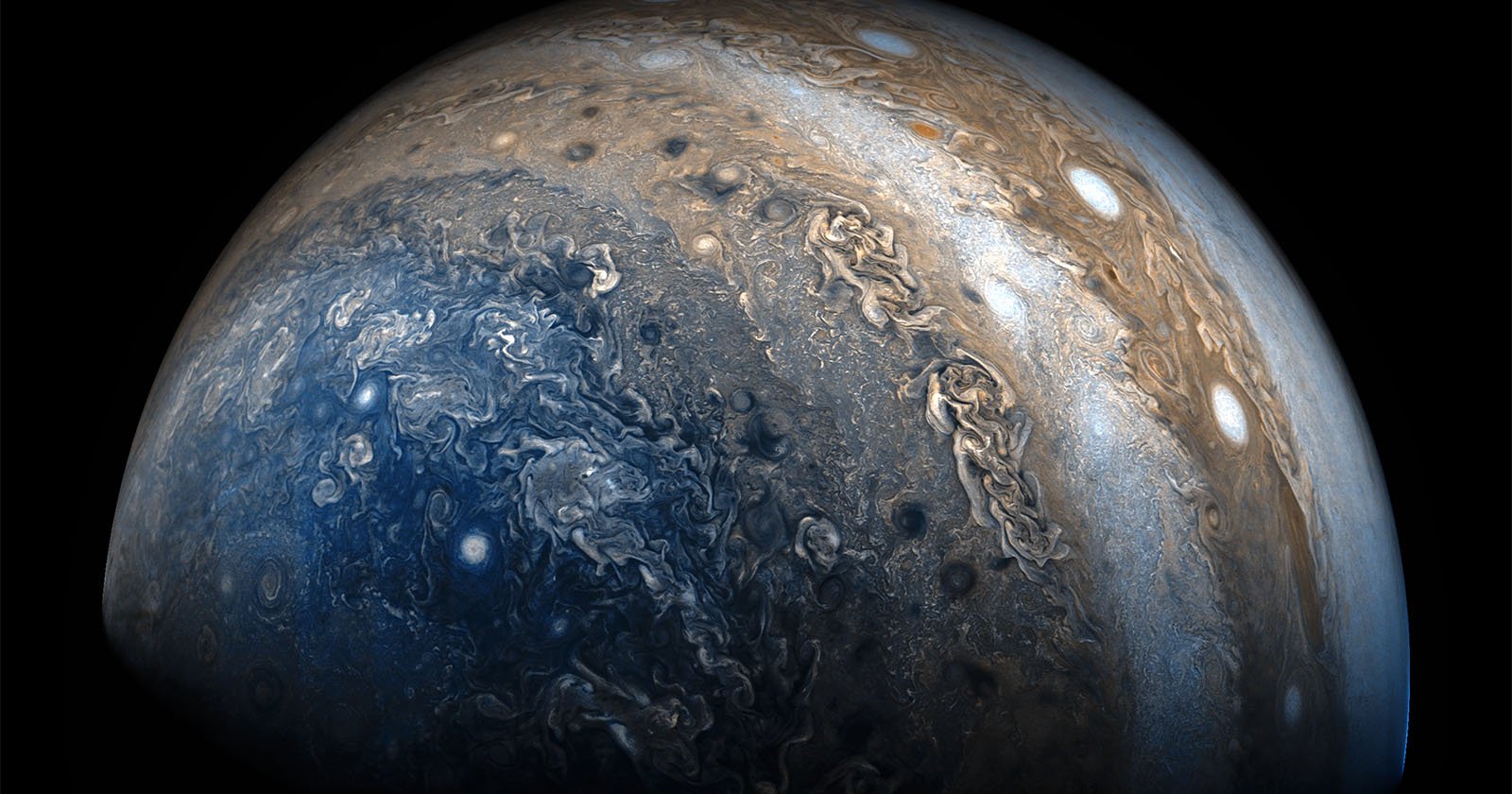The Three Best Photos From BepiColombo’s Historic Mercury Flyby
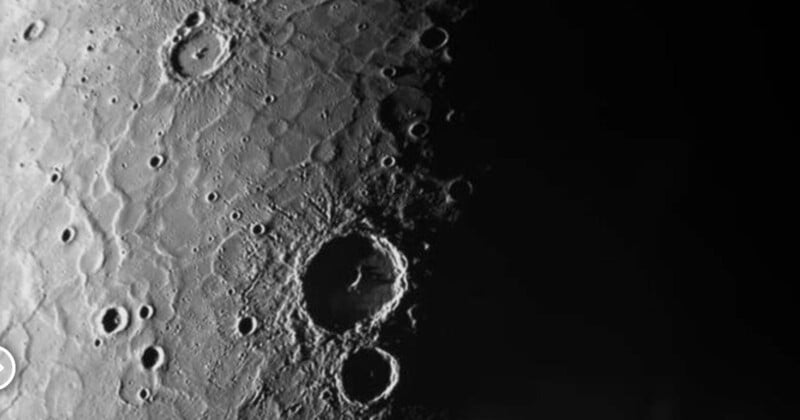
The joint European Space Agency (ESA) and Japan Aerospace Exploration Agency (JAXA) BepiColombo mission performed its sixth flyby of Mercury yesterday, January 8, 2025. This historic maneuver enabled the spacecraft to capture incredible new photos of the planet’s surface from just 295 kilometers (183 miles) away.
“At 06:59 CET, BepiColombo flew just 295 km above Mercury’s surface on the planet’s cold, dark night side. Around seven minutes later, it passed directly over Mercury’s north pole before getting clear views of the planet’s sunlit north,” ESA explains.
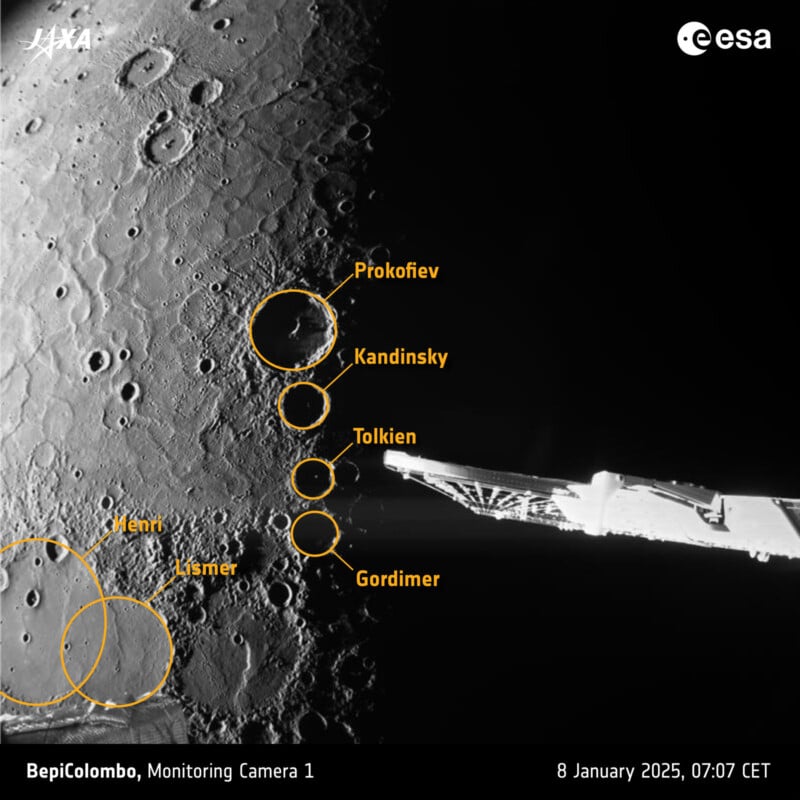
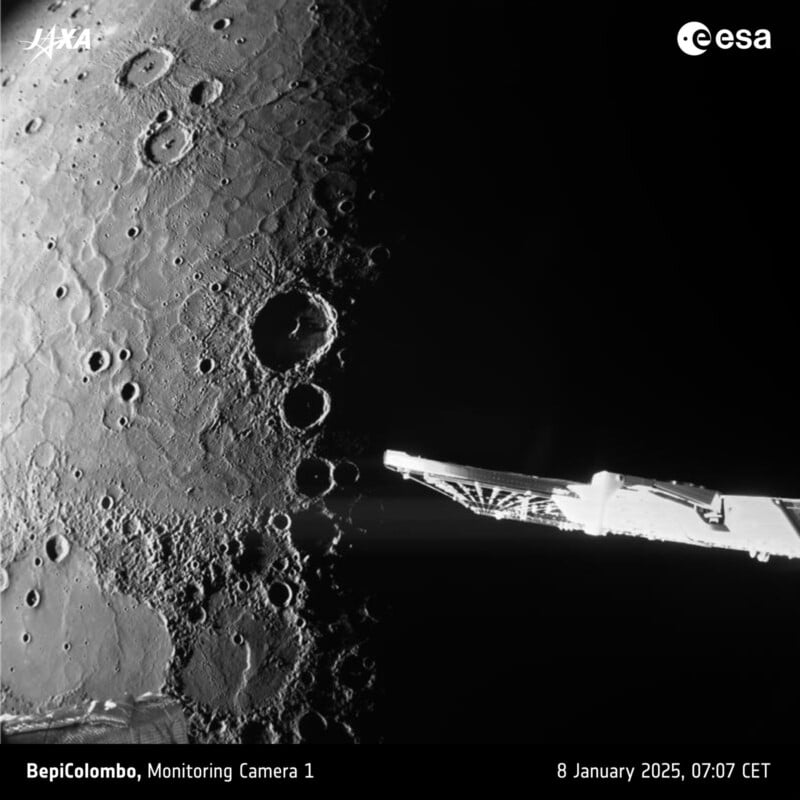
The spacecraft captured close-up views of Mercury using its monitoring cameras (M-CAMs). These three cameras capture monochrome images with different fields of view. Each camera shoots 1,024 by 1,024-pixel photos.
BepiColombo’s sixth Mercury flyby marks the final time the M-CAMs will get close-up views of the planet, as the spacecraft module they’re attached to will soon separate from the pair of mission orbiters: the ESA Mercury Planetary Orbiter and JAXA’s Mercury Magnetospheric Orbiter. The module will split off from the orbiters before they enter orbit around Mercury in late 2026.
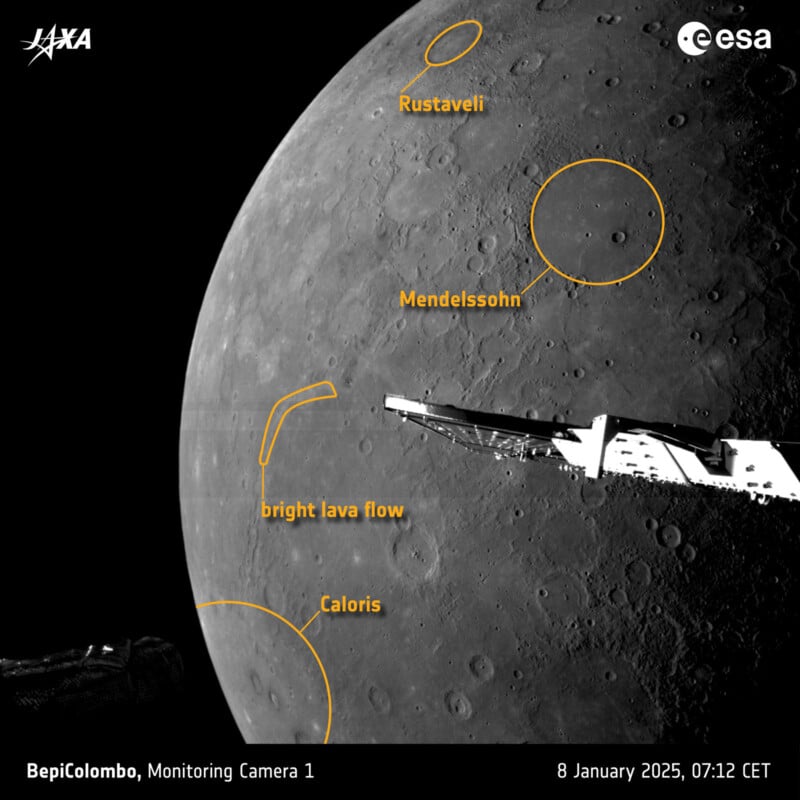
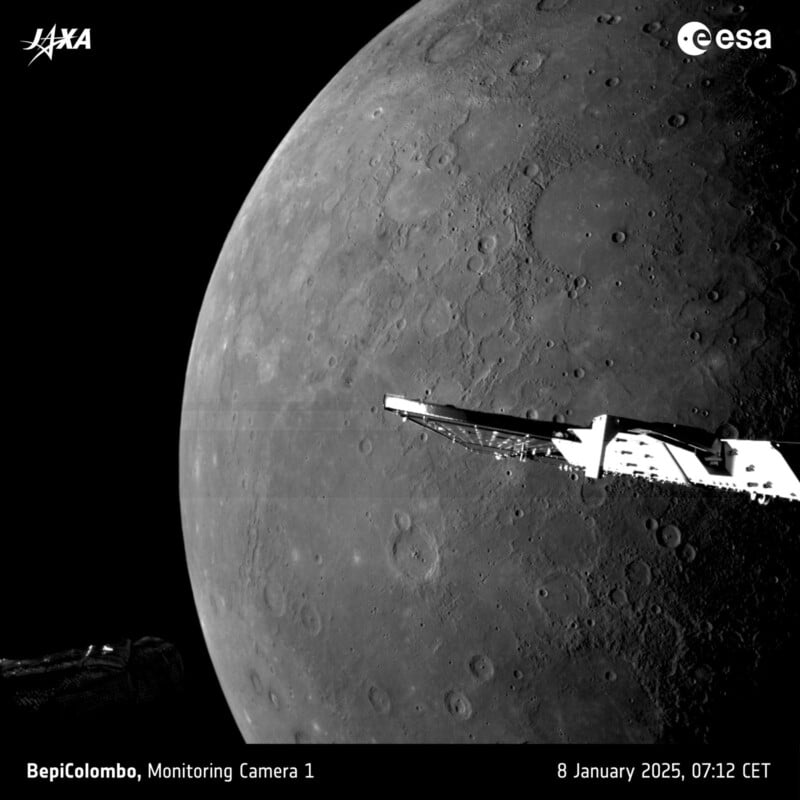
“This is the first time that we performed two flyby campaigns back-to-back. This flyby happens a bit more than a month after the previous one,” says Frank Budnik, BepiColombo Flight Dynamics Manager. “Based on our preliminary assessment, everything proceeded smoothly and flawlessly.”
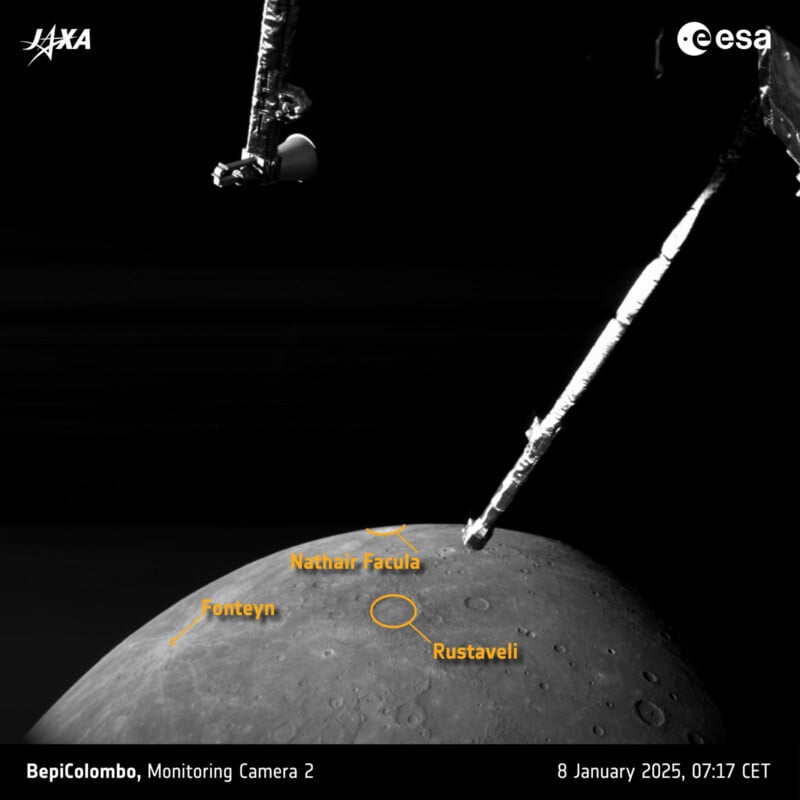
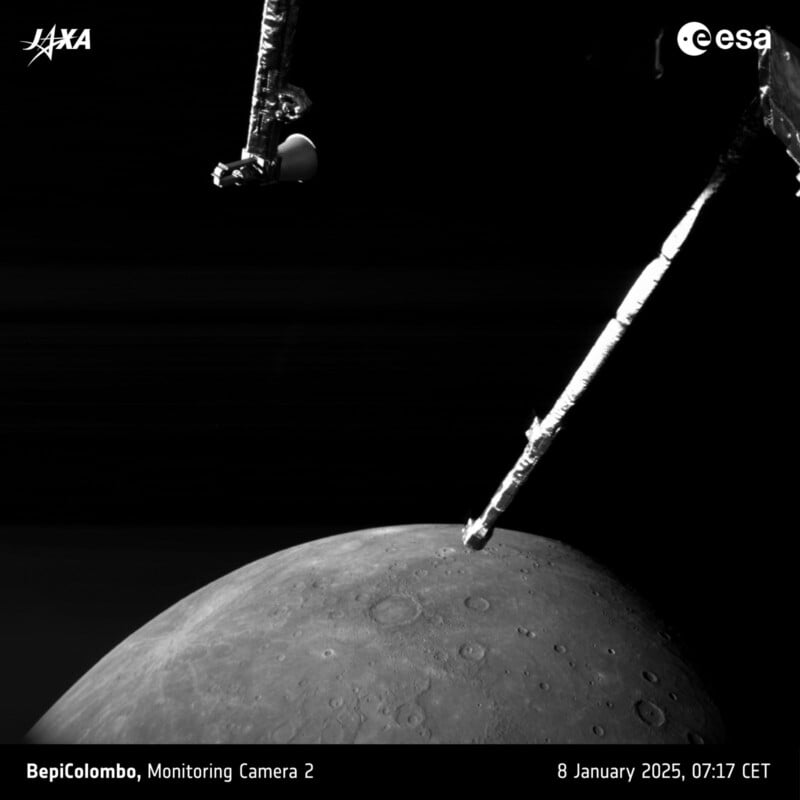
BepiColombo’s primary mission phase is scheduled to start in a couple of years, but the six flybys before then have proven valuable.
“In the next few weeks, the BepiColombo team will work hard to unravel as many of Mercury’s mysteries with the data from this flyby as we can,” says Geraint Jones, BepiColombo’s Project Scientist at ESA.
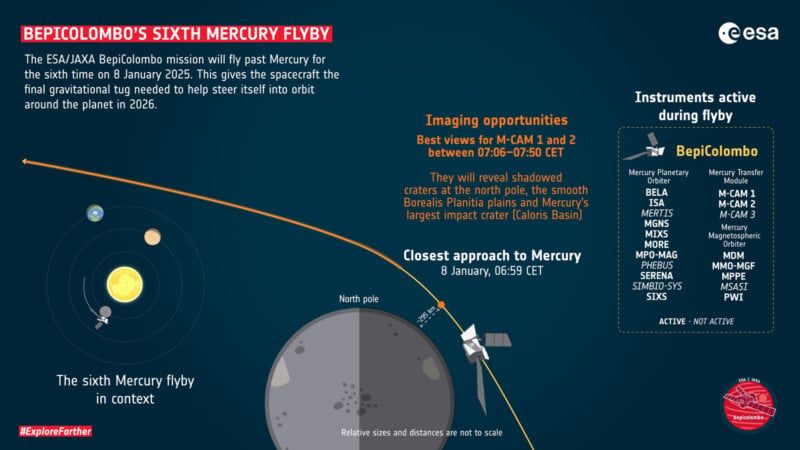
BepiColombo launched on October 20, 2018. The joint ESA and JAXA mission is Europe’s first to Mercury. The two orbiters are slated to enter Mercury’s orbit in late 2026, with scientific operations expected to commence early the following year.
While the three images above are the best from the recent flyby, according to ESA, all the M-CAM’s new images are available for viewing in the Planetary Science Archive.
Image credits: ESA/BepiColombo/MTM
